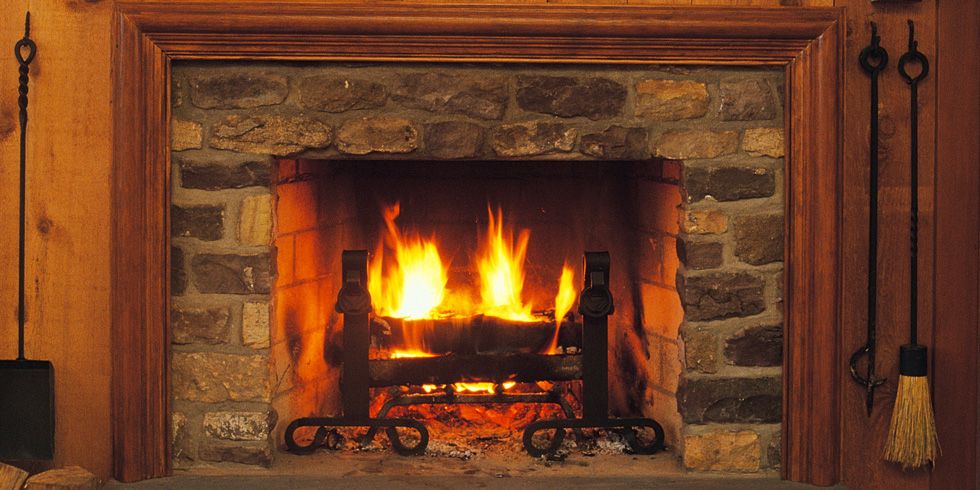From the start, it might appear to be common sense on how to start a fire: You put some wood in the fireplace, strike a match, at that point kick back and watch it consume. Correct? All things considered, yes and no. With prepared kindling, a case of matches, and a modest bunch of fuel, you can go far on experimentation alone. However, in the event that you fabricate fires frequently and have become worn out on getting back to continually jab at the logs—or in the event that you care about how much warmth the fire really radiates—at that point, it’s gigantic assistance to ace a reliable technique for lighting a fire in the chimney.
On the off chance that the chimney has been utilized previously, eliminate the abundance of soot and ash. Utilize a metal pail to stay away from inadvertent flames. Open your air control or dampener to permit air to move through the stack. Check the pipe before each fire by rolling a lit sheet of paper inside your chimney. Note how the breeze is moving. On the off chance that the smoke is climbing through the chimney, the pipe is open. If the smoke is streaming into the room, the pipe might be shut or obstructed.
The specialists frequently talk about top-down and base up lighting. You either begin lighting from the top or from the base. We lean toward the top down. This technique delivers less sediment and cinders, guarantees better air flexibly, and makes the principal wood load last more. Recall do not put an excessive amount of kindling on the fire, as per the NSCG. It is likewise essential to have a three-foot boundary among kids and the fire consistently as indicated by the National Fire Protection Association. The NFPA additionally proposes keeping anything combustible at any rate three feet from the chimney.
Only add more wood when the fire has started to burn down. Adding heavy wood to an already burning fire will cut off its air supply, possibly smothering those flames you have worked so hard to get going. Once the fire has settled in and isn’t blazing anymore, carefully add fresh logs to the top of the fire and move them around until they have enough air to catch. At this point, I will also add a few more balls of newspaper in the crevices to help them catch.
Presently, you will have to make sure to extinguish the fire before resting or leaving your home, says the USFA. When the fire is out, utilize your fashioned iron utensils to isolate the logs to various sides of the chimney and close the screen or glass entryways firmly. Try not to close the damper until the fire and coals are totally cooled, includes the NSCG. For wellbeing tips with respect to legitimate debris removal, visit the Portland Fire and Rescue salvage site.
It is also advised that chimneys need to be cleaned at least once a year by a licensed professional. If you believe your fireplace is clogged, do not light a fire until you have had it re-inspected.

